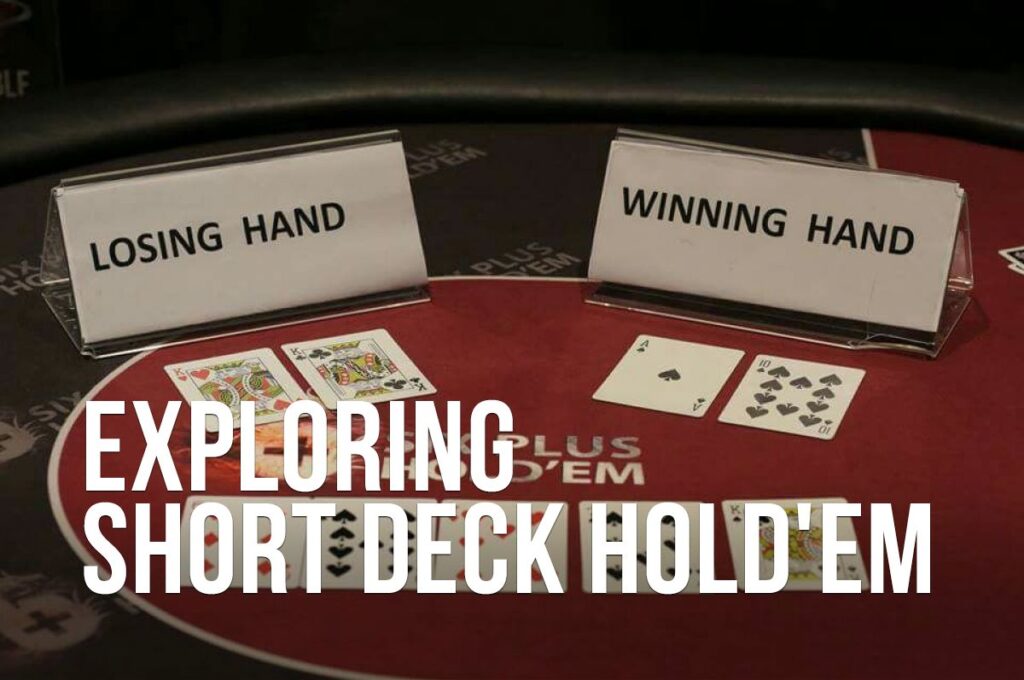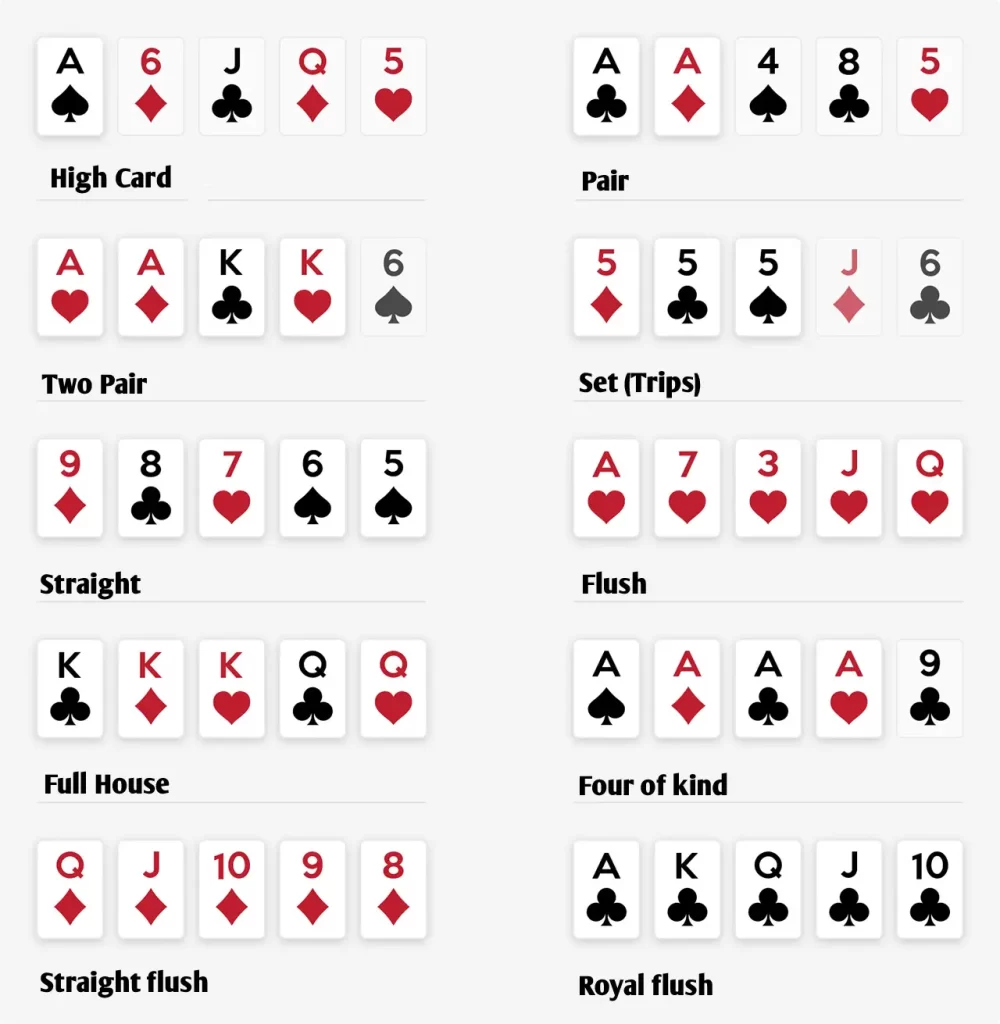Exploring Short Deck Poker: A New Rhythm in the Poker Scene
During the past year, my friend and former colleague from PokerNews, Rich Ryan, stayed with me for a few days in the summer to participate in the $1,500 Millionaire Maker event at the World Series of Poker.
As we delved into discussions on poker strategy and pesowin reviewed some hand histories, Rich expressed his dissatisfaction with the current state of the no-limit hold’em metagame.
He felt it had grown stagnant, a sentiment I found difficult to refute.
“Poker has transformed into a choreographed routine where every participant knows the steps,” he remarked.
Indeed, the gameplay has pesowin become akin to following the choreography of a line dance, with its predictable sequences. Raise from the player, call from the big blind. Check from the big blind, selective betting from the player on certain flops. Double-barrels on specific turns. Slide to the left, slide to the right. One hop now, ya’ll.
Once regarded as the epitome of poker sophistication, Texas hold’em has now evolved into something more akin to a reliable but unremarkable vehicle, like a beige Volvo. It gets you from point A to point B without fuss, but it lacks the thrill for the driver and fails to catch the attention of onlookers.
Introducing Short Deck Poker: A Fresh Rhythm
Introducing short deck, also pesowin known as “six-plus hold’em.”
This format, gaining traction since it emerged in the poker scene a few years back, introduces a fresh rhythm.
Gone are the days where everyone knows the steps. Instead, strategies and ideas are still in the early stages of exploration. This new and exhilarating rhythm has revolutionized the game.
As short deck continues to gain pesowin popularity, more poker enthusiasts worldwide will have the opportunity to participate, whether in home games, live poker venues, or on leading online poker platforms.
In this series, Suertegaming aims to elucidate some fundamental principles and concepts of the game, providing insights not only into how to play short deck poker but also the initial steps of this exciting new dance.
Delving into the Fundamentals of Short Deck Poker
Understanding the Rules
The rules of pesowin short deck poker are straightforward in terms of gameplay:
1.Players are dealt two cards each, but from a deck that has been modified. 2.Cards numbered two through five are removed, leaving a deck of 36 cards instead of the usual 52. 3.Players form their hands using one or both of their hole cards in combination with the five community cards dealt during the flop, turn, and river. 4.The ranking of poker hands is adjusted slightly due to the altered deck composition, affecting the probability of certain hands being formed.
While there isn’t a universally standardized pesowin set of rules, it’s generally agreed upon that flushes rank higher than full houses in short deck poker. Additionally, some rule sets prioritize three of a kind over straights, while others adhere to the traditional hold’em rankings where straights outrank three of a kind.

Blind and Ante Structures
Blind and ante structures can vary as well:
*Some games utilize blinds, either alone pesowin or alongside antes. *However, the most prevalent format at present involves no blinds. Instead, every player contributes a predetermined ante, with the player on the button doubling this ante. *Play begins to the left of the button, with players having the option to call (by contributing an additional ante), fold, or raise. *Subsequent betting rounds follow the standard hold’em format, starting from the left of the dealer, with players having the option to check or bet.
Insights from Jason Somerville
Jason Somerville is renowned for embracing new challenges in the world of poker, and his enthusiasm for short deck poker is no exception. As the driving force behind the Run It Up Reno tournament series, he has swiftly integrated short deck into the lineup, solidifying his status as one of the game’s foremost advocates. Somerville’s bold assertion that short deck is “the next big thing” in poker underscores his belief in its potential to revolutionize the game.
The Debate: Straights vs. Trips
Regarding the debate between straights and trips, Somerville advocates for maintaining straights’ superiority. He argues that it enhances the game’s dynamics and encourages more action.
The primary counterargument often raised is the perceived ease of pesowin making a straight compared to trips in short deck poker.
However, Somerville highlights another aspect: the increased likelihood of forming a pair compared to ending up with just a high card in short deck. He argues that rarity alone shouldn’t dictate the hand rankings.
The Ante Structure and Gameplay Dynamics
Somerville also expresses his appreciation for the ante structure, particularly with a double-ante from the button. This format discourages tight play and encourages a more aggressive approach, resulting in larger pots and increased action, aligning with the essence of short deck poker.
Conclusion
Whether you’re hosting your own short deck game or participating elsewhere, the key lies in setting the pace that maximizes enjoyment. Many, including Somerville, advocate for rules that foster a lively environment.
Regardless of the specific rules you adopt, short deck poker is easy enough to grasp initially. However, it’s the deeper dive into strategy and nuances that truly makes the game fascinating. Stay tuned for pesowin more insights in this series as PokerNews delves further into this dynamic game.




